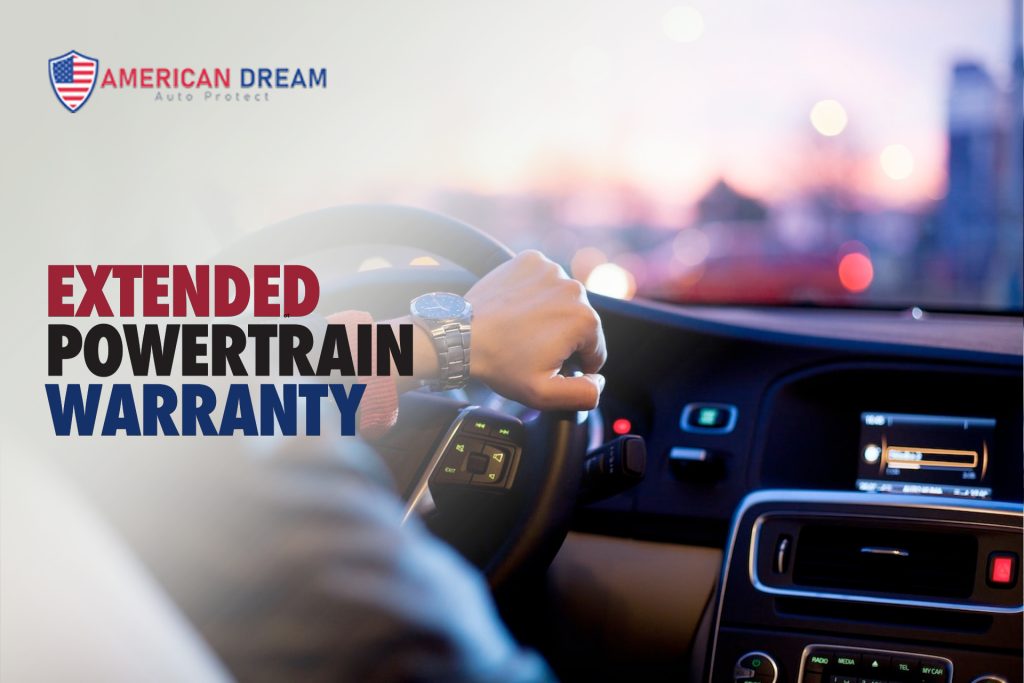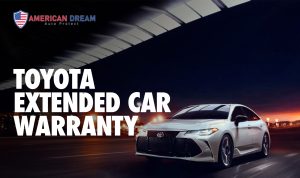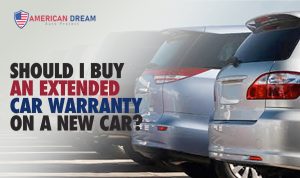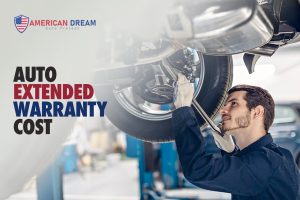An extended powertrain warranty is a protection package that covers the car’s powertrain components. Most manufacturer powertrain warranties are good for 50,000–100,000 miles, but they aren’t as comprehensive as a bumper-to-bumper warranty. Despite its small list of covered components, the powertrain warranty covers some of your car’s most vital systems.
How does an extended powertrain warranty work?
When car owners buy an extended powertrain warranty, they expect their vehicle to be covered in the event of a malfunction or mechanical failure, just like with a factory warranty. However, look through all of the coverage contained in your plan, as most coverage plans only cover certain things. You must understand what is and is not covered to avoid any complications or hassles when it comes to repairs. The auto repair facility will call the third-party providers before beginning the repairs to inform them that a claim must be lodged first.
They pay the repair facility immediately for covered repairs after verifying that your car service contract is up to date. You would be responsible for paying your plan’s deductible if one is required. The normal deductible for most policies is $100; however other plans give $50 or even $0. Imagine having thousands of dollars worth of maintenance done on your car for only $100!
What does an extended powertrain warranty cover?
A powertrain warranty covers the following things:
- Engine: The beating heart of your vehicle propels it forward through combustion.
- Transmission: manually or automatically shifts your vehicle’s gears.
- A transfer case is responsible for transmitting power from the transmission to the drive shafts at the rear axles.
- The drive box consists of two sections that transmit rotation and momentum.
- One is located behind the transmission, and the other connects a front axle differential to the transfer case
- Driveshafts: rotating shafts in an engine that convey torque
- Axles rods run through the center of a vehicle’s wheel or group of wheels. The majority of automobiles have two axles.
- Differentials aid with easy turning.
Components of an automobile’s powertrain
While the engine is an important component of a car’s powertrain, it is not the only one. Components of an automobile’s powertrain, for example, include:
- Engine
- Driveshaft
- Transmission
- Case of Transfer (for four-wheel and all-wheel drive vehicles)
- Differential
- Engine Internal Working Components
Powertrain warranty vs. Drivetrain warranty
A powertrain warranty covers the entire powertrain of the vehicle, including the engine, drivetrain, and transmission, whereas a drivetrain warranty covers the drivetrain. That is, it solely covers the parts that supply power to the driving wheels, such as the:
- Converter of torque
- The shaft of the propeller
- U-joint
- Rear-axle
- Spool
- Differential
Because the drivetrain is a powertrain component, powertrain and drivetrain warranties are often used interchangeably. Most factory warranties often cover the engine, making them powertrain warranties.
Bumper-to-bumper vs. Powertrain warranty
A powertrain warranty covers the engine, whereas a bumper-to-bumper warranty includes practically all non-engine components from the front to the back. The details of a bumper-to-bumper warranty can vary depending on the supplier, so check the fine print and exclusions carefully.
A bumper-to-bumper warranty will include a list of exclusions, unlike a powertrain warranty, which will normally identify the covered components. Wear items like tires, brake pads, windshield wipers, and normal maintenance like oil changes and tire rotations are usually excluded from a bumper-to-bumper guarantee.
Extended Powertrain coverage advantages
The better care you give it, the longer it will last for any vehicle. As a result, you may be dedicated to following the manufacturer’s maintenance program. However, no matter how well-maintained your car is, it will eventually break down. When your manufacturer’s warranty runs out, you’re on your own to pay for repairs. There is no point in why a driver should be traveling without vehicle protection in the form of a powertrain warranty or any extended car warranty or VSC! Indeed, multiple automobile research sites reveal that powertrain components are most likely to break outside the manufacturer’s warranty period, emphasizing the need for this coverage.
Powertrain warranty; how long does it last?
The period of a powertrain warranty varies greatly depending on the provider. Some better manufacturers give coverage for 10 years or 100,000 miles, whichever comes first when you buy a new vehicle with a powertrain warranty. Other manufacturers may only offer a 5-year/60,000-mile warranty. Other manufacturers’ powertrain warranties are 5 years/60,000 miles. Unless you purchase an extended warranty, you are liable for the expenses of repairs once the manufacturer’s powertrain warranty has expired. Your powertrain warranty will be extended for several years if you purchase an extended auto warranty, while the specific length of coverage will depend on your warranty plan.
Is it worth purchasing?
You might be wondering what an extended powertrain warranty is as your factory warranty expires. When choosing one, ask yourself these questions, according to US News & World Report:
- For how long do one plan on keeping their vehicle? A powertrain warranty might help pay for future repairs if you plan on driving your car for a long time. Want to sell something? A powertrain warranty is transferrable to the next owner and can boost the vehicle’s resale value.
- Is your vehicle dependable? A warranty might help cover some of these costs if your automobile is old or needs powertrain maintenance.
- Would you prefer to get a warranty with extra protection? Instead, you could want a bumper-to-bumper warranty.
- Would it make you feel better to know that expensive repairs are covered? Extended auto warranties might give you peace of mind, especially if paying for a powertrain repair would be a financial bind.
FAQs
What is a powertrain’s purpose?
The powertrain is a collection of all the components/parts that work collectively to propel your car forward. The powertrain in your car takes engine power and transmits it toward the wheels on the ground. A powertrain’s main components include the engine, transmission, driveshaft, axles, and differential.
What are the many powerplant types?
All-wheel-drive, four-wheel drive, front-wheel drive, and rear-wheel drive are the four different types of drivetrains.
Is it worthwhile to get a powertrain warranty?
Considering how much powertrain components cost on average, the peace of mind alone can be worth it. An extended powertrain warranty is a good option if you only need protection for critical components like the engine.
























